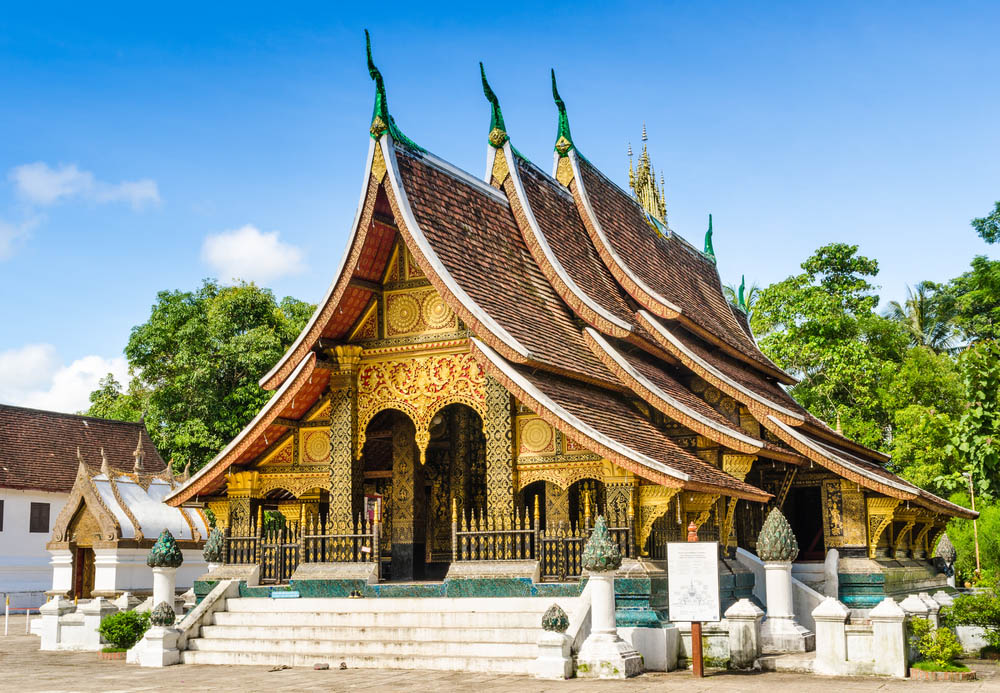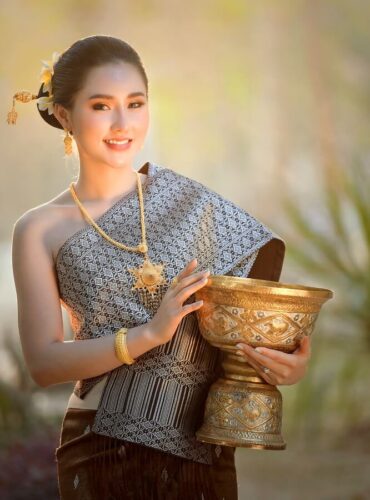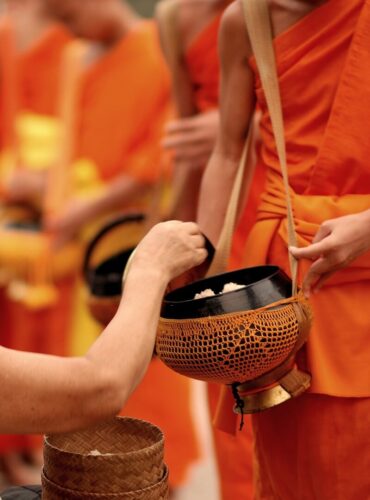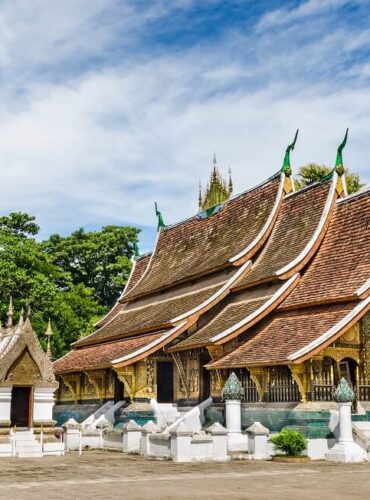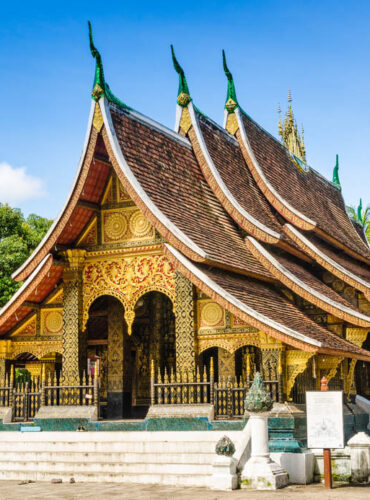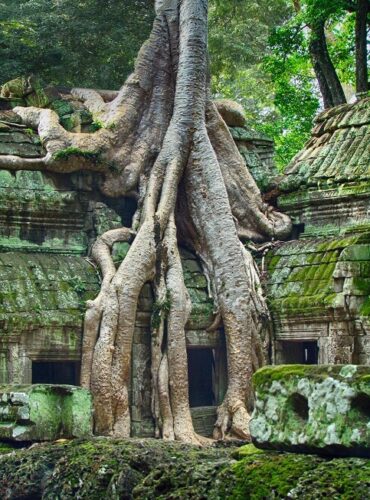LAOS ANCIENT AND MODERN
Laos
Duration
5 Days
Tour Type
Heritage
Group Size
10 people
Languages
English
Itinerary
Arrive at Luang Prabang airport and be welcomed by a tour guide. Transfer to the hotel for check in. In the afternoon, spend time visiting temples in Luang Prabang including Wat Visun Temple, built during the reign of King Wisunarat. That Mako and Wat Aham, known as the “Monastery of the Opened Heart”. Take a walk up Phu Si hill and enjoy the fresh air and beautiful view overlooking Luang Prabang and the Mekong river. Overnight in Luang Prabang.
After breakfast, transfer to the pier to board a traditional long boat for a cruise on the Mekong river. On the way, visit villages located on the riverbank including Ban Xang Hai and learn how local rice whisky is made. Continue on to Pak Ou, visit Tham Ting and Tham Theung caves with their Lao style Buddhist sculptures assembled over the centuries by local people. On the way back, visit the village of Ban Xang Khong, the village of homemade Saa Paper. In the afternoon, visit Wat Mai and walk along the streets to Wat Xieng Thong, located on the bank of the Mekong River. It is one of the most elegant and best-preserved examples of 16th century Luang Prabang temple architecture.
Overnight in Luang Prabang.
After breakfast, drive through beautiful rice fields, hills and villages to Kuang Si Waterfalls (1 hour drive). On the way, stop to visit a small ethnic minority village to learn more about their culture and daily life. Arrive at Kuang Si Waterfalls, relax or possibily walk up to the top of the water fall for a nice view and enjoy the beautiful landscape and fresh water in which you can swim during the summer. Visit the bear sanctuary next to the falls, run by Free The Bears Fund Inc. Return to Luang Prabang in the mid afternoon. Explore the Night Bazaar in the evening, where you can find lovely collections of handmade textiles produced by local communities from the region surrounding Luang Prabang Overnight in Luang Prabang
Depart in the early morning (05h30) and observe monks leaving their pagodas and walking barefoot along the streets in the long lines collecting alms. It is a beautiful, serene ceremony that highlights the spirituality of the Lao people. Return to the hotel before and then depart for a flight to Vientiane. Arrive at Vientiane airport and be welcomed by a tour guide. Transfer to the hotel for check in. In the afternoon, visit Wat Sisaket, the only temple left intact after the Siamese (Thai) invasion in 1828. It is one of the most beautiful temples in the capital with thousands of miniature Buddha statues. Continue on to the nearby Wat Phra Keo, which is also a museum displaying a collection of both Lao and Khmer works of art and the Presidential Palace (outside). Stop at Wat Simuang, considered to be the guardian of the city’s spirit. End the day with a visit to Pangkham Street, with its plethora of tailor shops, and the Nam Phou Fountain. Here you can see how traditional areas of the city are embracing modernity. Overnight in Vientiane
After breakfast, visit That Luang, the holiest site in Laos, constructed by King Setthethirat in the 16th century, the temple is resplendent as the sun shines on its towering golden spire. Transfer to the airport for a departing flight.
End of our services.
Included
- Private Transport
- Specialized bilingual guide
- Private Transport
Excluded
- Private Transport
- Specialized bilingual guide
- Private Transport
Tour's Location
FAQs
Contrary to popular belief, Lorem Ipsum is not simply random text. It has roots in a piece of classical Latin literature from 45 BC, making it over 2000 years old. Richard McClintock, a Latin professor at Hampden-Sydney College in Virginia, looked up one of the more obscure Latin words, consectetur, from a Lorem Ipsum passage, and going through the cites of the word in classical literature, discovered the undoubtable source.
Contrary to popular belief, Lorem Ipsum is not simply random text. It has roots in a piece of classical Latin literature from 45 BC, making it over 2000 years old. Richard McClintock, a Latin professor at Hampden-Sydney College in Virginia, looked up one of the more obscure Latin words, consectetur, from a Lorem Ipsum passage, and going through the cites of the word in classical literature, discovered the undoubtable source.
Contrary to popular belief, Lorem Ipsum is not simply random text. It has roots in a piece of classical Latin literature from 45 BC, making it over 2000 years old. Richard McClintock, a Latin professor at Hampden-Sydney College in Virginia, looked up one of the more obscure Latin words, consectetur, from a Lorem Ipsum passage, and going through the cites of the word in classical literature, discovered the undoubtable source.

